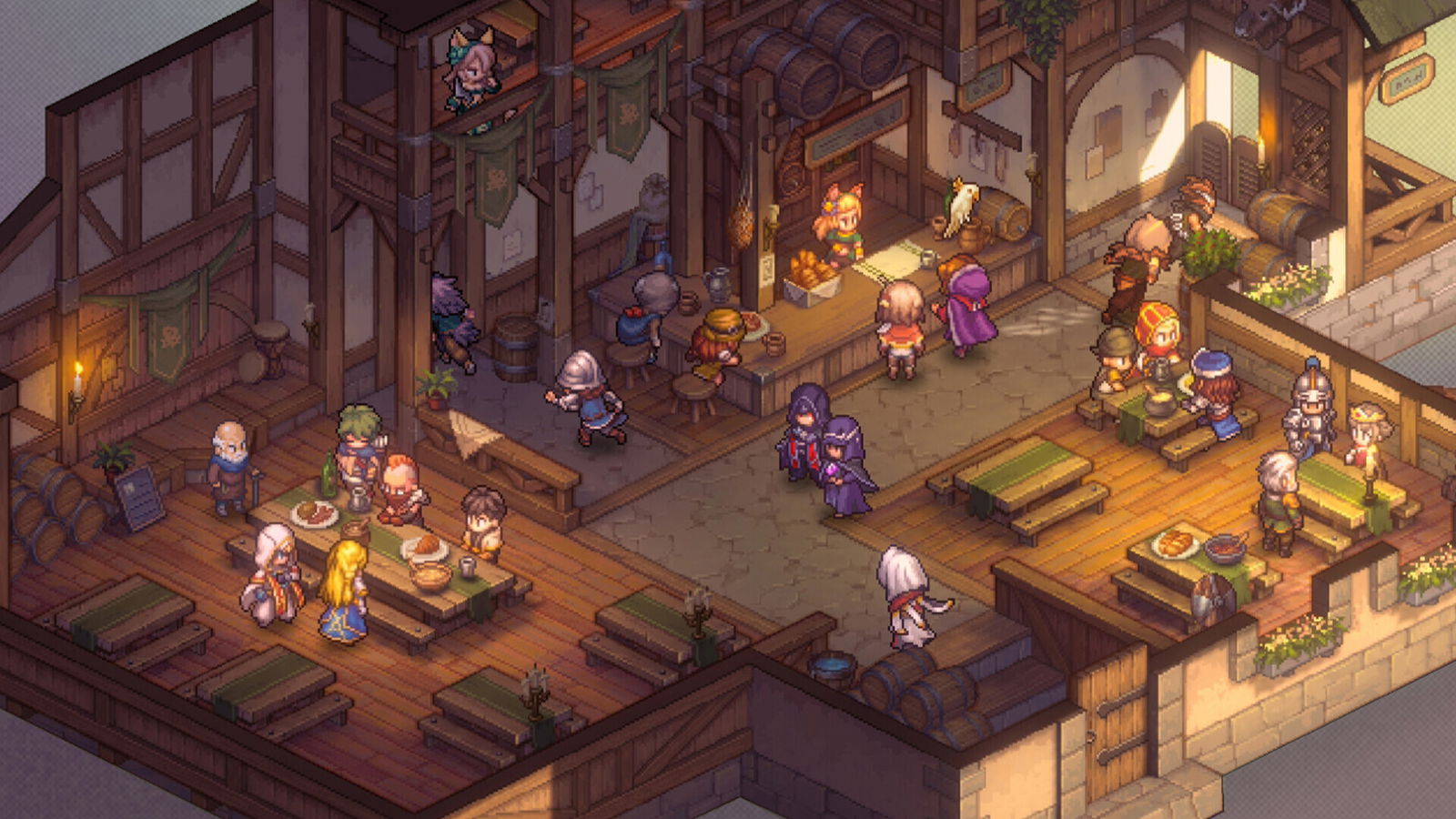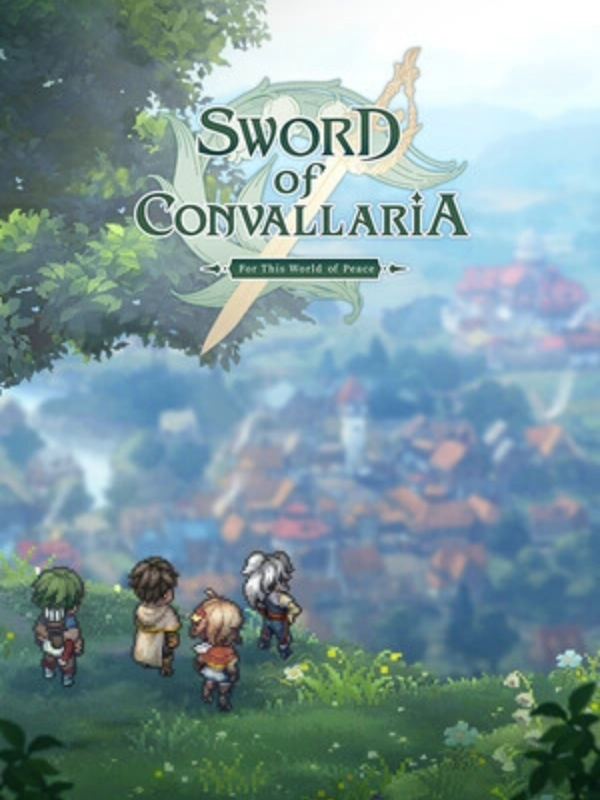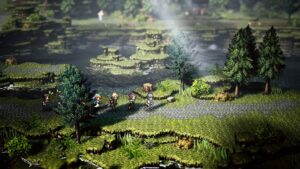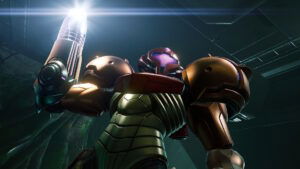For the past couple of years, fans of the turn-based strategy RPG have been feasting on quality offerings that would make pioneers of the TRPG genre proud. This is where the developers at XD come in with their newest title Sword of Convallaria: For This World of Peace, a love letter to the TRPG genre titans — Final Fantasy Tactics, Fire Emblem and Tactics Ogre — featuring stunning artwork, a striking musical composition, a fantasy world filled with wonder, and microtransactions.
You are the unnamed hero that has lost their memory. This must sound insanely familiar to those who have played a TRPG before, but before your character goes full isekai-protagonist, their jail cell is broken into by a loud lady with a huge sword. The world of Iria is in peril, and factions are warring out in the Waverun city streets. Confused? Good! You’re supposed to be, in Sword of Convallaria, if you feel confused you’re in director Guo Lei’s capable hands. You are led to know as much as your avatar, and done right. It’s immersion at its finest.
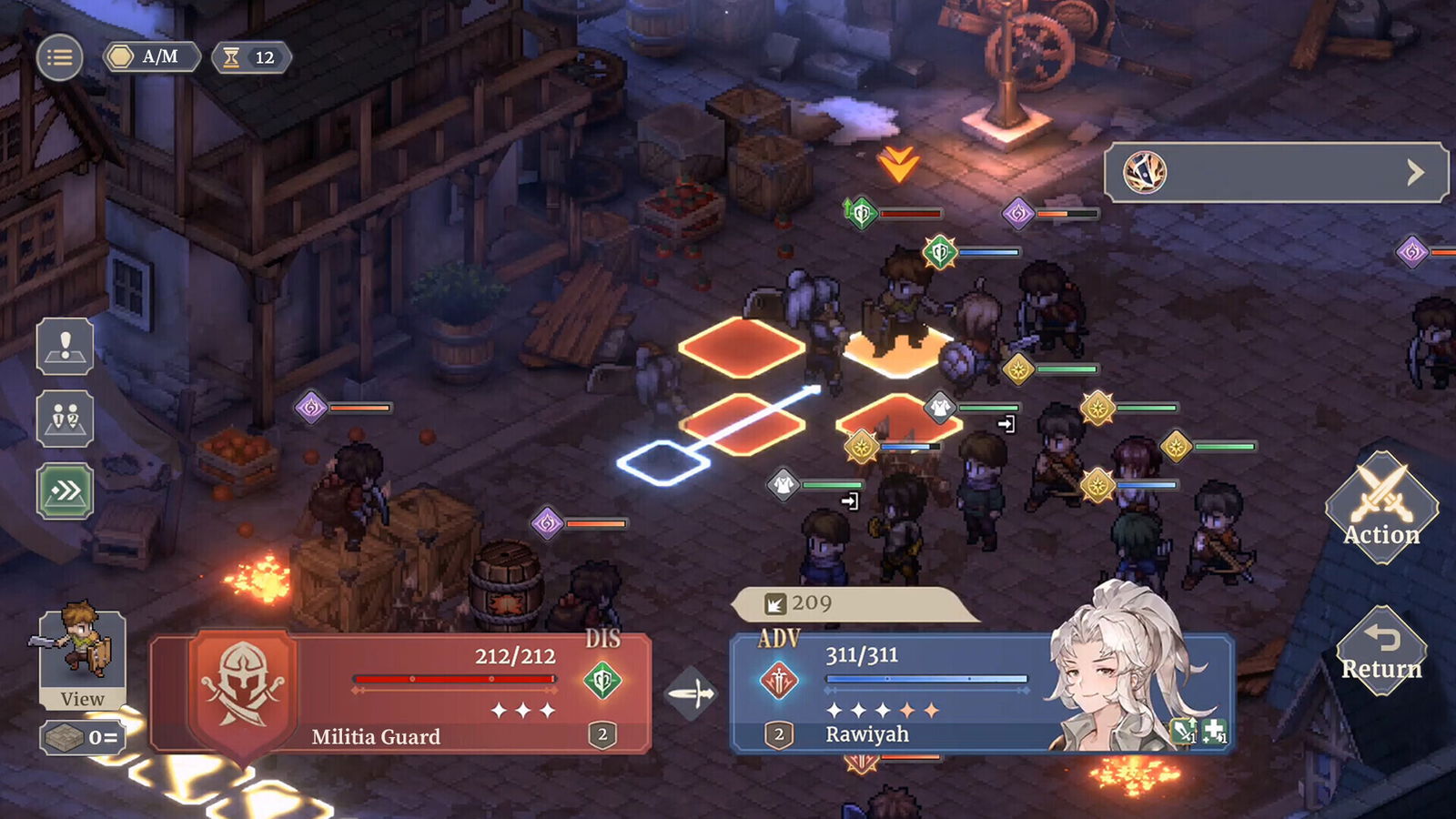
After your rescue (and no explanation as to why you were in prison in the first place), you are surrounded by injustice. Weapon-wielding soldiers have enacted martial law by order of the land’s monarch, and even civilians are Open Season. After witnessing a few atrocities, you are joined by a shield maiden, Maitha, and a green-haired bowman, Faycal, in a skirmish in the streets.
These segments are disguised as a tutorial for first-time SRPG players, and those who have played any before will feel right at home. The UI in Sword of Convallaria: For This World of Peace, when attacking, is sublime; it’s animated beautifully, and it shows every bit of information in a way that’s easy on the eyes.
“The UI in Sword of Convallaria: For This World of Peace, when attacking, is sublime…”
In Sword of Convallaria, XD has deployed a weapon triangle of sorts (think Fire Emblem or Dark Deity), where certain classes gain an advantage against others. Defender classes are better against Seekers, Seekers fare better against Breakers, and Breakers hurt Defenders. Theres one class, the Destroyer, despite being named as such is the weakest of the bunch, having no advantages against anything. These advantages are shown in the UI and allow the player to make informed decisions before letting their characters face death.
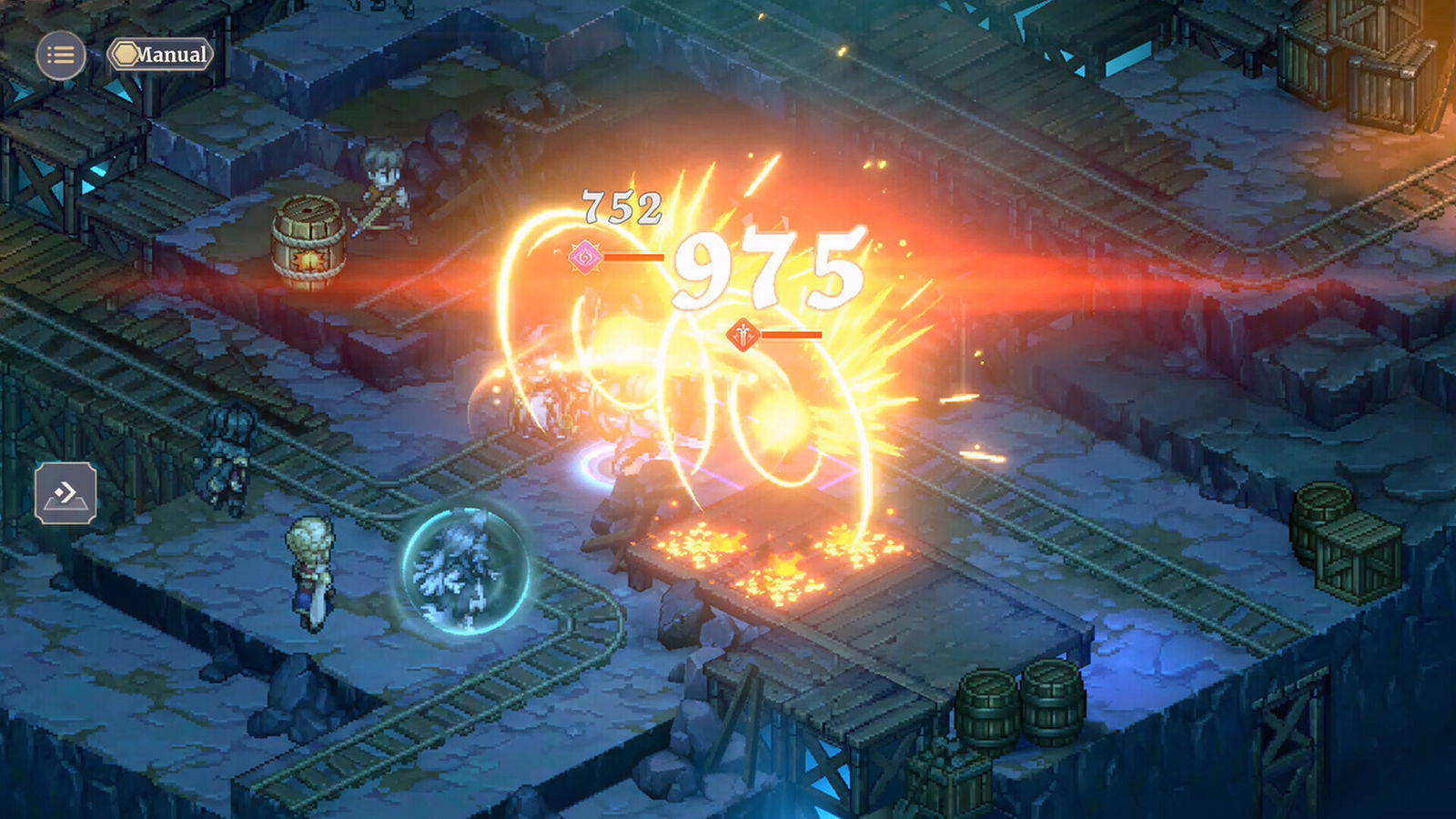
During combat, an excellent musical composition can be heard enveloping the background and legendary TRPG composer Hitoshi Sakimoto is responsible. From the whimsical hub of Elysium music to the upbeat crescendos while in a fight surrounded by fire, Sakimoto is at his best in Sword of Convallaria: For This World of Peace, and XD made a good choice bringing him on board.
Combat, like riding a bike, feels as smooth and tactical as Tactics Ogre: Reborn and uses terrain as impeccably. Maitha can use her Leg Smash skill to slam an enemy over a cliff; archer allies hurt enemies more when they’re positioned above their targets, and exploding barrels can seriously net a strategic player multi-kills. Sword of Convallaria: For This World of Peace is a sum of its predecessors, and it shows.
After players hit a certain point in the main storyline (no spoilers here), they’re brought to Elysium, a hub room that is the base of operations and where you can outfit characters for each battle. It appears XD did research on their title, even the stored experience mechanic from Fire Emblem: Path of Radiance is here, and players can level up their new units with ‘Common XP’ to get them up to snuff when facing harder challenges.
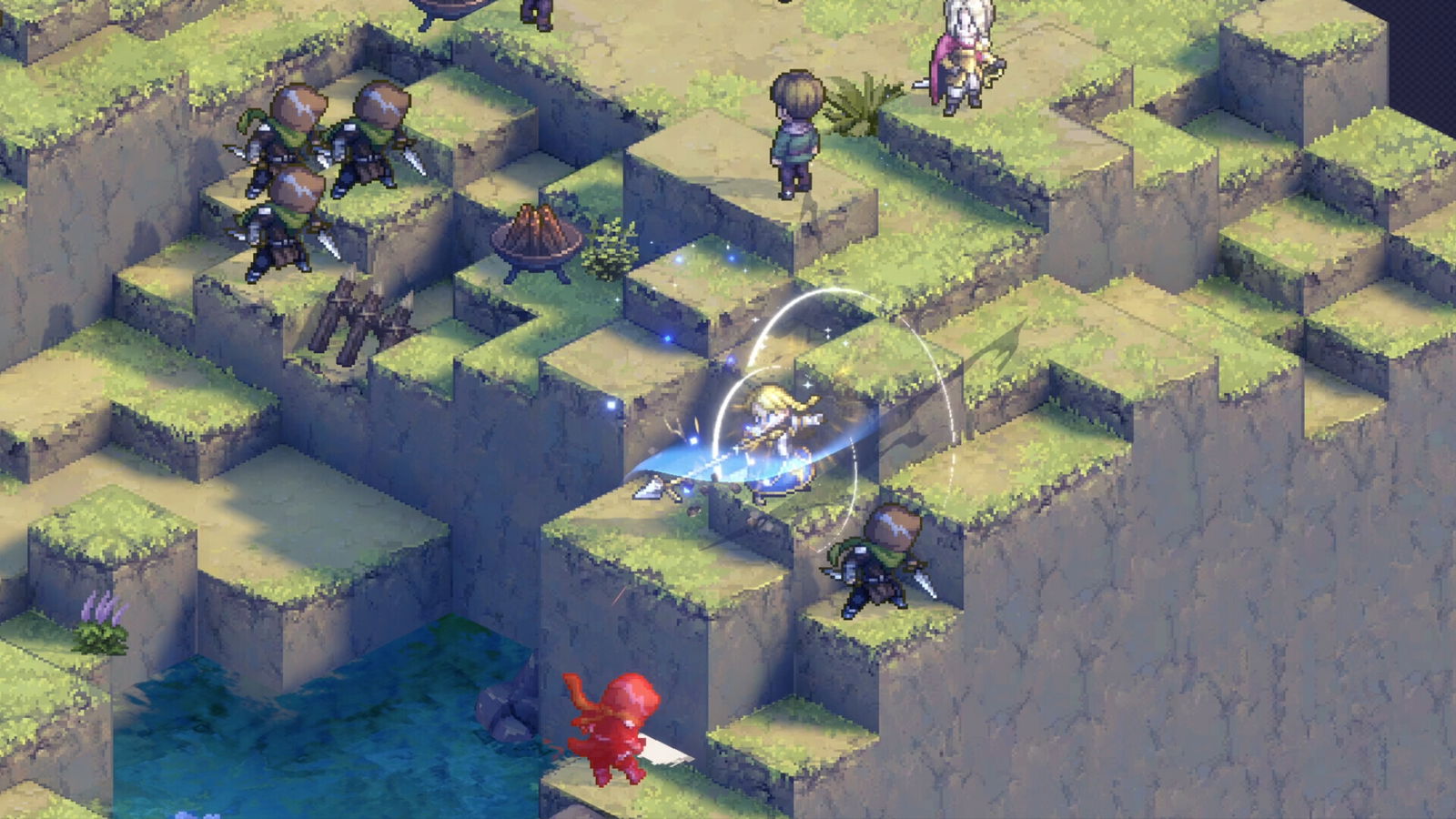
Elysium can be dressed with new furniture, and players can even have characters come and go while providing conversation and much-needed exposition for the state of the world. Sword of Convallaria: For This World of Peace has the distinct advantage of being late to the TRPG party, and it uses this advantage well. Its inspirations are great inclusions.
“Sword of Convallaria: For This World of Peace is a sum of its predecessors, and it shows.”
What’s not a great inclusion is that I, possibly like many other fans, thought Sword of Convallaria was a single-player adventure through the world of Iria. But that part of the game is only a small part of the game called Spiral of Destinies. The rest of the title is free-to-play, which requires players to use currencies to play missions in the stylized tarot card paths like The Fool’s Journey and casts a dark shadow over the experience. Just under the surface of this stylish, incredibly animated TRPG are free-to-play tolls that water down the experience.
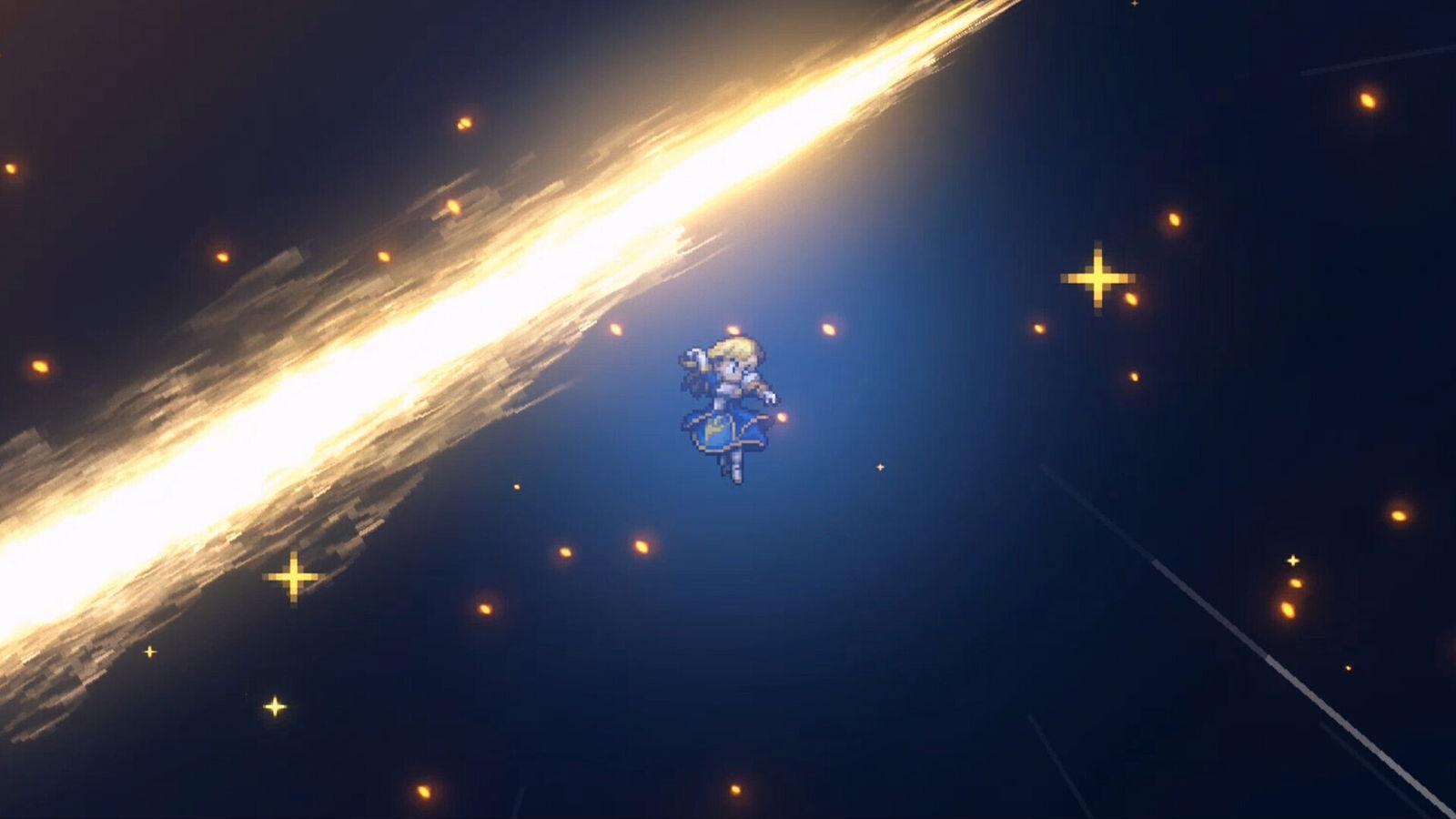
Players need to use ‘energy’ to embark on missions, and after it is used up the player has to use a stamina potion to refill the gauge. The function is not there yet, but there will likely be a way to purchase these potions with IRL cash to continue playing missions.
This issue within Sword of Convallaria runs deep. There are interesting characters introduced in the Spiral of Destinies which can be played in there, but must be ‘wished upon’ to get them in the ‘online component’ of the title. These are gacha devices that drop unique characters at a clip of 2%. Think the same methodology as Genshin Impact, or Honkai: Star Rail, except even playing the game costs ‘something’. The aforementioned Spiral of Destinies? You guessed it, it costs keys to unlock.
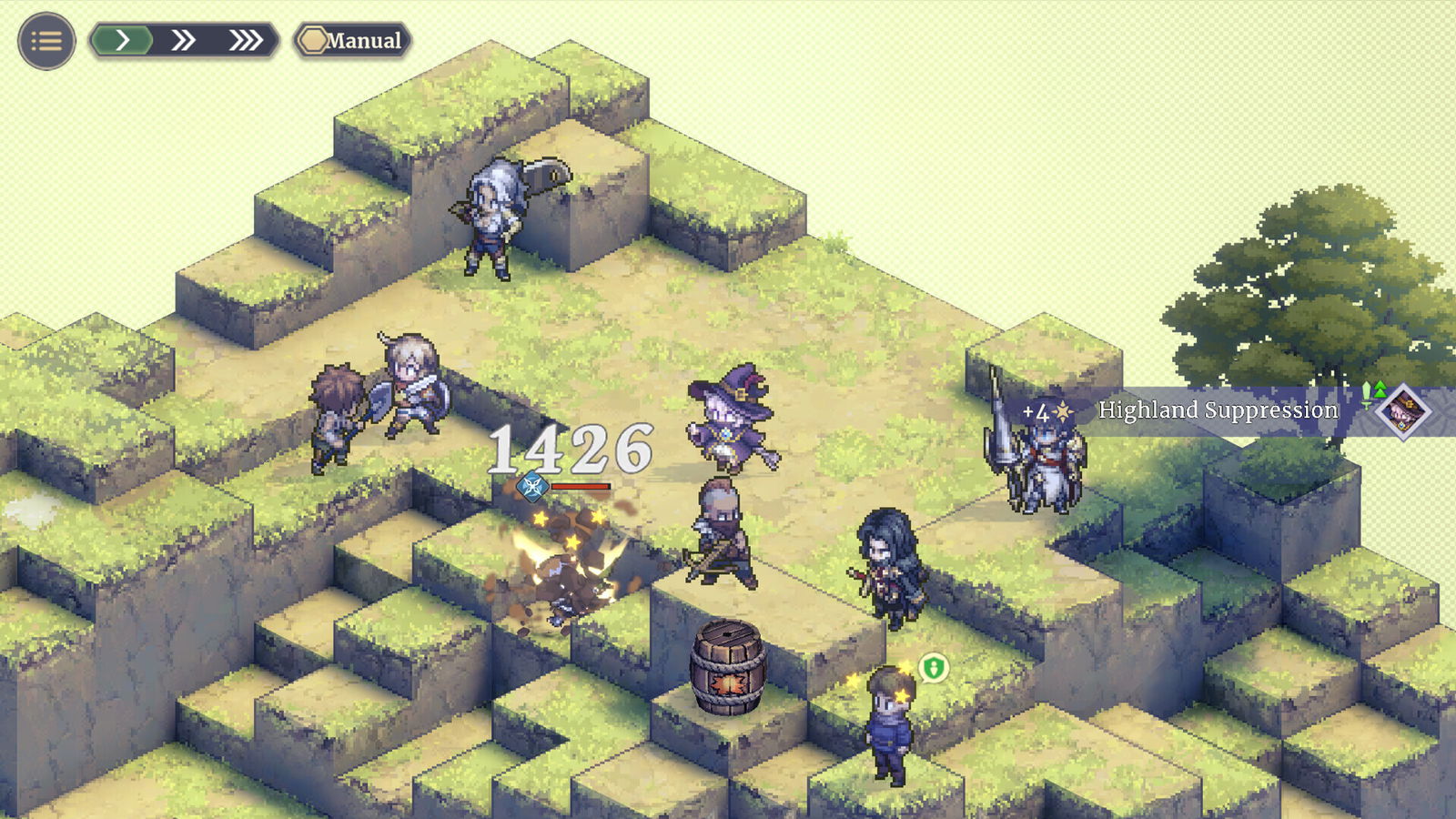
Sword of Convallaria gives me hope. Here is a beautiful title with stellar graphics, an excellent soundtrack and a great core gameplay system in the TRPG genre that just works. The character designs are immediately likable and inspired. Most of all, XD makes taking all of the innovation set before it, combining and refining it, and crafting a new story out of those mechanics look easy with Sword of Convallaria’s presentation. But, adding microtransactions and an ‘energy’ meter to a refined game just feels bad when it’s billed as “a love letter to classic TRPGS with a modern graphical overhaul.”
I would’ve gladly paid full price for Sword of Convallaria: For This World of Peace, but because of its microtransactions, it’s a recommendable game to the TRPG fanbase, but with a word of caution.
